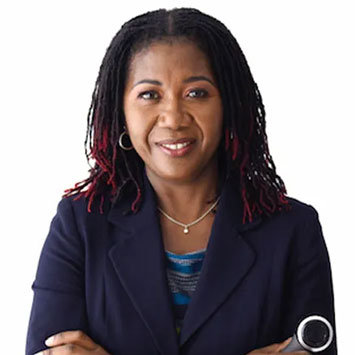How can we help?
Get in touch

Please note that for any urgent or life-threatening conditions, we always recommend that you should call 999 or go to your nearest emergency department immediately. We are usually able to provide face to face or remote appointments with our GP’s within 24 hours. Please contact 01442 331 900 to book an appointment.
Our experts tackle a variety of topics in their own words
Do you suffer with psoriasis, chronic eczema, itchy skin, vitiligo, lichen planus, a perforating disorder or been told that you have a condition called pityriasis lichenoides? Do you suffer with polymorphic light eruption- where you get a rash in early spring which improves with continued sunlight exposure?
Do you know that you could benefit significantly from a treatment that is offered locally to you at OSD Healthcare in Hemel Hempstead? It is called UVB phototherapy and it has been used for many years in Dermatology departments throughout the country. It does not cure these conditions, but often patients find that their disease improves significantly and they are sometimes free of it for years afterwards. If your skin improves in the sunlight then this is likely to benefit you!
What it is
Sunlight includes different wavelengths of light known as UVB and UVA. Both can be used in treating skin disease but the machine we have at OSD Healthcare provides UVB treatment. This is the form of sunlight that can cause sun-burn and it helps to make Vitamin D.
What it is not
This is NOT a sun-bed! In providing the therapy we carefully calculate and measure the amount of UVB that is given in order to help the skin but not to burn it. We prescribe this for designated skin disorders only, not for cosmetic purposes.
What is involved
You will need to be seen by a Dermatologist (skin specialist) first who will examine you and decide if this treatment is right for you. If you have any of the conditions listed above, then treatment may be suitable, but usually only if significant areas of your body are involved. You will need to give your consent and you will have a test to see what strength of UVB your skin can tolerate in order to minimise your chance of burning. Treatments are generally 2-3 times/ week and most people require 20-30 treatments. This is why having a unit close to you is important. You will need to wear goggles during the treatment which takes place in a small cubicle and lasts a few minutes; treatment times will increase as you build up tolerance. It is important that you wear the same type of clothes for each and every treatment so that new areas of skin are not exposed late into the sessions.
You need to be able to stand unsupported and should not be claustrophobic.
What are the possible side effects? Who should not have this treatment?
UVB phototherapy is very safe. However despite best efforts, it is possible to get a mild sunburn. If so, your treatment would be paused whilst this is being treated. 1/10 people can get a prickly heat rash and some develop dry itchy skin which is easily improved with moisturiser. Sunlight can precipitate cold sores if you are prone to them, you may get a tan. Some people get worse in sunlight instead of getting better – if this is the case this treatment would not be right for you.
Multiple courses of treatment would increase your risk of skin ageing and skin cancer but we monitor the amount of UV energy you receive and if you are at high risk you would not be offered this treatment. Similarly if you have a personal or strong family history of skin cancers and irregular moles, this may not be suitable for you. Some drugs can also increase your chance of reacting badly to sun-light and this is the reason why you need a referral, we would not see you without a medical assessment first.
Further information
If you would like to find out more please contact the team today either through our contact form here or call 01442 331 900.
Please also visit the website www.bad.org.uk, click on Patient information Leaflets A-Z and scroll to; NB-UVB Phototherapy for more details.
Thank you to Dr Sharon Crichlow for the information provided in this article.

Consultant Dermatologist
Dr Crichlow grew up in the Caribbean and achieved her primary medical qualifications at the University of the West Indies. She then relocated to the UK for her Post graduate Medical training at Derriford Hospital, Plymouth followed by her specific Dermatology training at University Hospitals of Leicester. While in Leicester, Dr Crichlow nurtured an interest in Dermatopathology which gave her greater insight into the underlying changes seen in skin disease and a better appreciation for the full range of disorders. Dr Crichlow completed her Dermatology training in 2008 and then worked as a Consultant Dermatologist with Luton and Dunstable Hospital Foundation Trust and now West Herts NHS Trust. She has practiced privately at OSD Healthcare since 2017.
Conditions treated include, but are not limited to, all forms of eczema, psoriasis, lichen planus, acne, rosacea, skin infections e.g. fungal infections, allergic contact dermatitis, moles reviews, sun damage and skin cancer including surgery. Patch testing for allergic contact dermatitis is offered in London or Hertfordshire. Benign conditions such as skin tags, seborrheic warts, and ‘lumpy’ moles can also be treated.
Dr Crichlow can also offer narrow band UVB light therapy here at OSD Healthcare which is useful in the treatment of conditions such as psoriasis, eczema, vitiligo, pityriasis lichenoides, itching of uncertain origin and nodular prurigo among others.
Please note: Dr Crichlow only sees patients aged 12 and above.